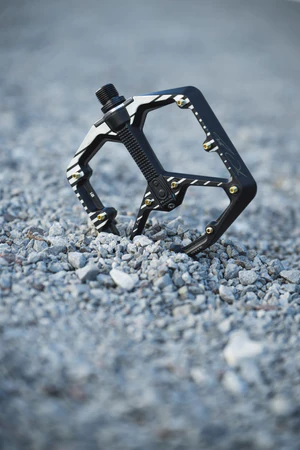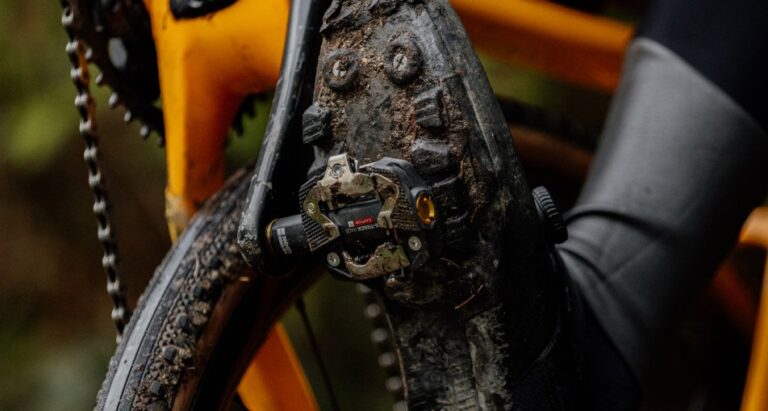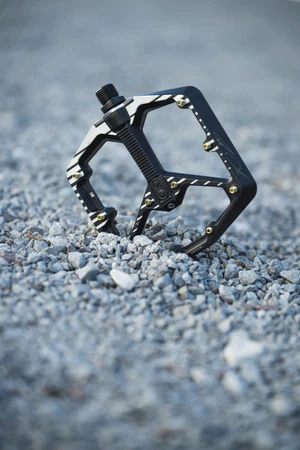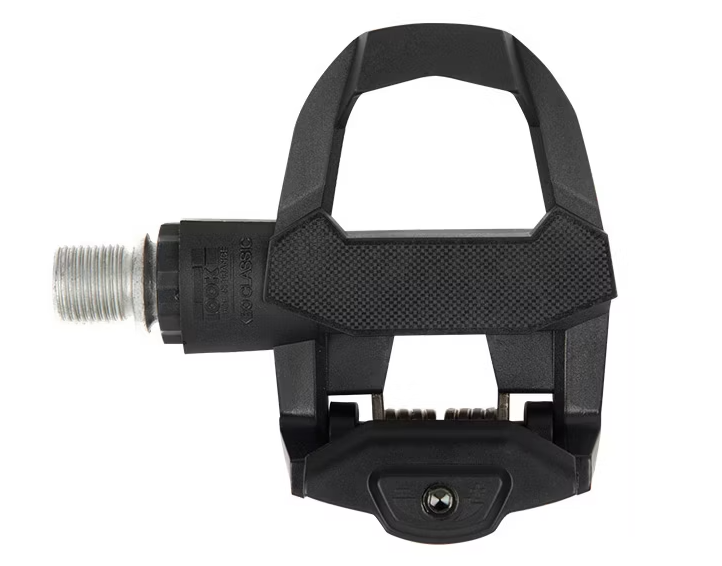How to Choose Bike Pedals for Mountain Biking: A Guide Through Terrain and Choice

Key Point Summary of How to Choose Bike Pedals for Mountain Biking:
- Pedal Types: Understand the difference between flat pedals and clipless pedals and how they impact your ride.
- Terrain Consideration: Choose pedals that match the specific terrain you plan to ride on, whether it’s cross-country, downhill, or all-mountain.
- Material and Durability: Consider the pedal material for durability against the rigors of mountain biking.
- Grip and Foot Security: Evaluate the grip and how well the pedal secures your foot, especially on rough trails.
- Ease of Maintenance: Look for pedals that are easy to maintain and clean, as mountain biking can expose them to mud, water, and debris.
Venturing into the world of mountain biking presents an array of decisions – from choosing the right bike to the perfect helmet. However, one aspect that often gets overlooked but plays a pivotal role in your riding experience is the selection of bike pedals. As someone deeply immersed in the diverse disciplines of cycling, I’ve learned that when it comes to mountain biking, the choice of pedals can dramatically influence your control, efficiency, and overall enjoyment on the trail. This guide aims to navigate beginners and mid-level mountain bikers through the process of selecting the right pedals, taking into account the varied terrains and unique demands of mountain biking.
Understanding Pedal Types
In the realm of mountain biking, pedals primarily fall into two categories: flat and clipless. Flat pedals provide a large platform for your foot, offering freedom of movement and the ability to quickly place a foot down on uneven trails. They’re often favored by beginners for their simplicity and by downhill enthusiasts for the control during technical maneuvers. Clipless pedals, which actually involve clipping your shoe to the pedal, offer increased efficiency and power transfer, making them a popular choice among cross-country and all-mountain riders. The choice between flat and clipless pedals significantly affects your interaction with the bike and the trail.
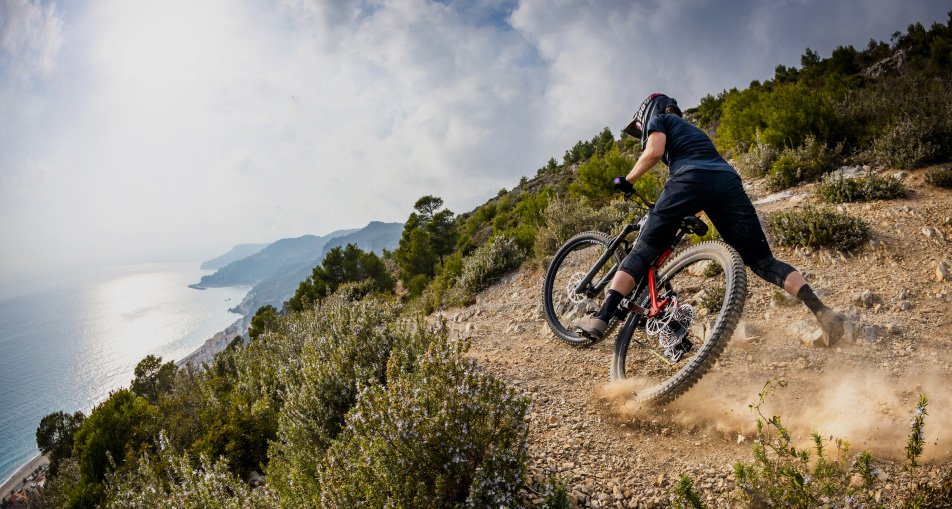
Terrain Consideration
The variety of mountain biking disciplines, from cross-country to downhill and everything in between, necessitates careful consideration of terrain in your pedal choice. Cross-country riders, often covering long distances with significant elevation change, may prefer the efficiency of clipless pedals. Conversely, those tackling technical downhill trails might opt for the control and quick dismount capabilities of flat pedals. Assessing the terrain you primarily ride on will guide you toward the appropriate pedal type.
Material and Durability
Mountain biking subjects pedals to extreme stresses, from rock strikes to the constant barrage of trail debris. Pedals made from durable materials such as aluminum or steel can withstand these rigors, though they may add weight. Some high-end flat pedals utilize lightweight metals like titanium to reduce weight without sacrificing strength. Composite materials are also popular in flat pedals for their balance of durability and lightweight at a lower cost point.
Grip and Foot Security
For mountain bikers, maintaining foot contact with the pedal through rough terrain is crucial. Flat pedals should have a surface that grips well to your shoe, typically achieved with pins that dig into the sole. The size and shape of the pedal, as well as the number and configuration of these pins, can vary, so look for a setup that offers the best grip for your style of riding. Clipless pedal systems must have a reliable mechanism for easy clipping in and out, especially important in technical riding where a quick foot release can be necessary for safety.
Ease of Maintenance
Mountain biking pedals endure mud, dust, water, and all manner of trail debris, making ease of maintenance an important consideration. Many flat and clipless pedals are designed with sealed bearings or bushings to minimize the ingress of debris and ease the process of cleaning and lubrication. A pedal that can be easily taken apart and serviced will ensure a longer lifespan and consistent performance.

How to Choose Bike Pedals for Mountain Biking: In Conclusion
The journey into mountain biking is as thrilling as it is demanding, with the choice of bike pedals playing a critical role in your trail experience. Whether you’re navigating the adrenaline-pumping descents of downhill racing or the endurance challenge of cross-country treks, understanding the nuances between flat and clipless pedals, considering the terrain, and assessing material durability, grip, and maintenance ease will guide you to the perfect pedal choice. As you prepare to hit the trails, remember that the right pedals not only enhance your ride but also connect you more intimately to your bike and the mountain, making every ride an adventure to remember.
A pedal that consistently receives high marks from a wide range of mountain bikers for its durability, performance, and versatility is the Shimano PD-ME700. This is a clipless pedal that offers a wider platform for better foot-pedal stability, an integrated cage that enhances control when not clipped in and is known for its reliability and ease of entry and release. It’s a great choice for beginners to advanced riders looking for a pedal that can handle cross-country, trail, and all-mountain riding.

FAQ
How do I choose a mountain bike pedal?
Consider your riding style (cross-country, downhill, trail), pedal type preference (flat vs. clipless), material for durability, the pedal’s weight, grip and foot security features, and ease of maintenance.
What type of pedals are best for mountain biking?
Both flat and clipless pedals have their advantages. Flat pedals are often recommended for beginners and downhill riders for their ease of use and quick foot release. Clipless pedals are favored by cross-country and trail riders for better pedal efficiency and bike control.
Do pedals make a difference on a mountain bike?
Yes, pedals significantly impact your riding experience. They affect your bike’s control, your efficiency on the pedals, comfort, and safety on technical trails.
Are flat pedals better for mountain biking?
Flat pedals can be better for certain types of mountain biking, such as downhill and technical trail riding, as they allow for quick foot removal and offer more freedom of movement. However, the best choice depends on personal preference and the specific demands of your riding discipline.
Happy Cycling!
John
